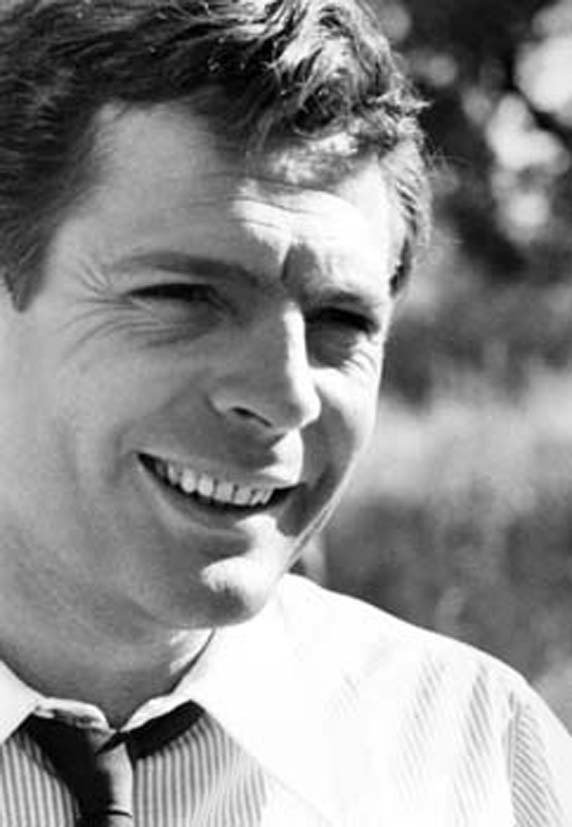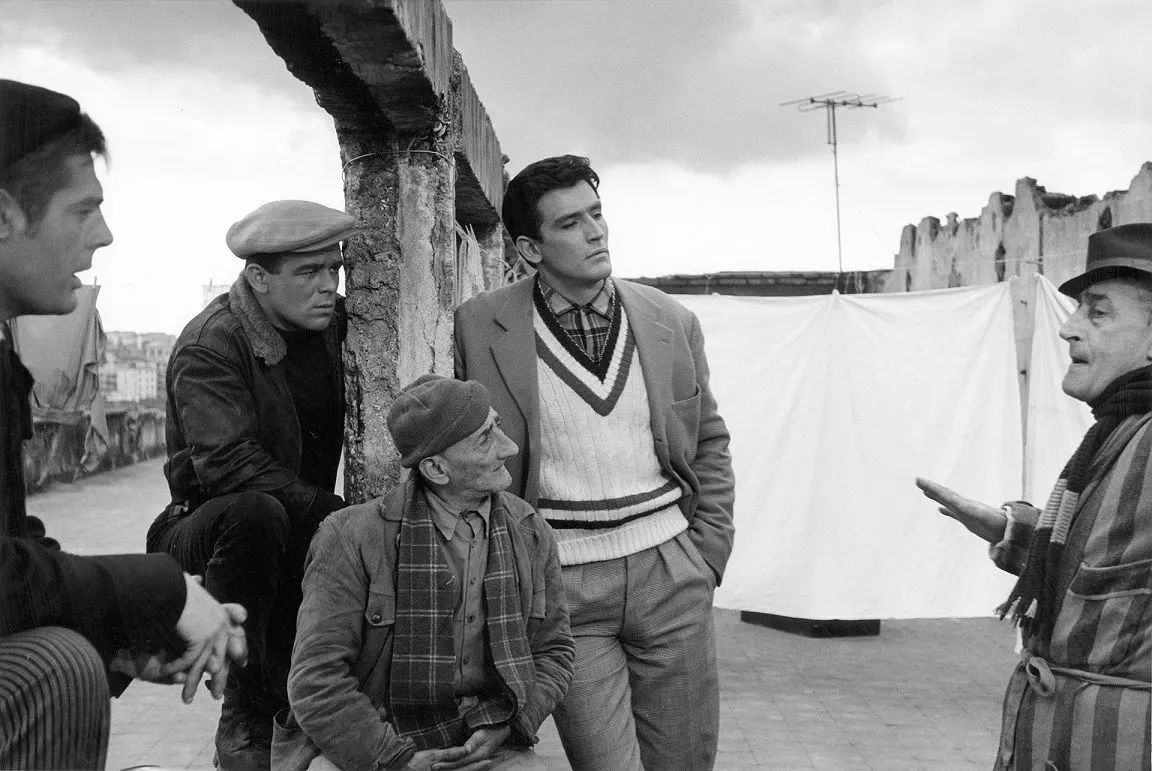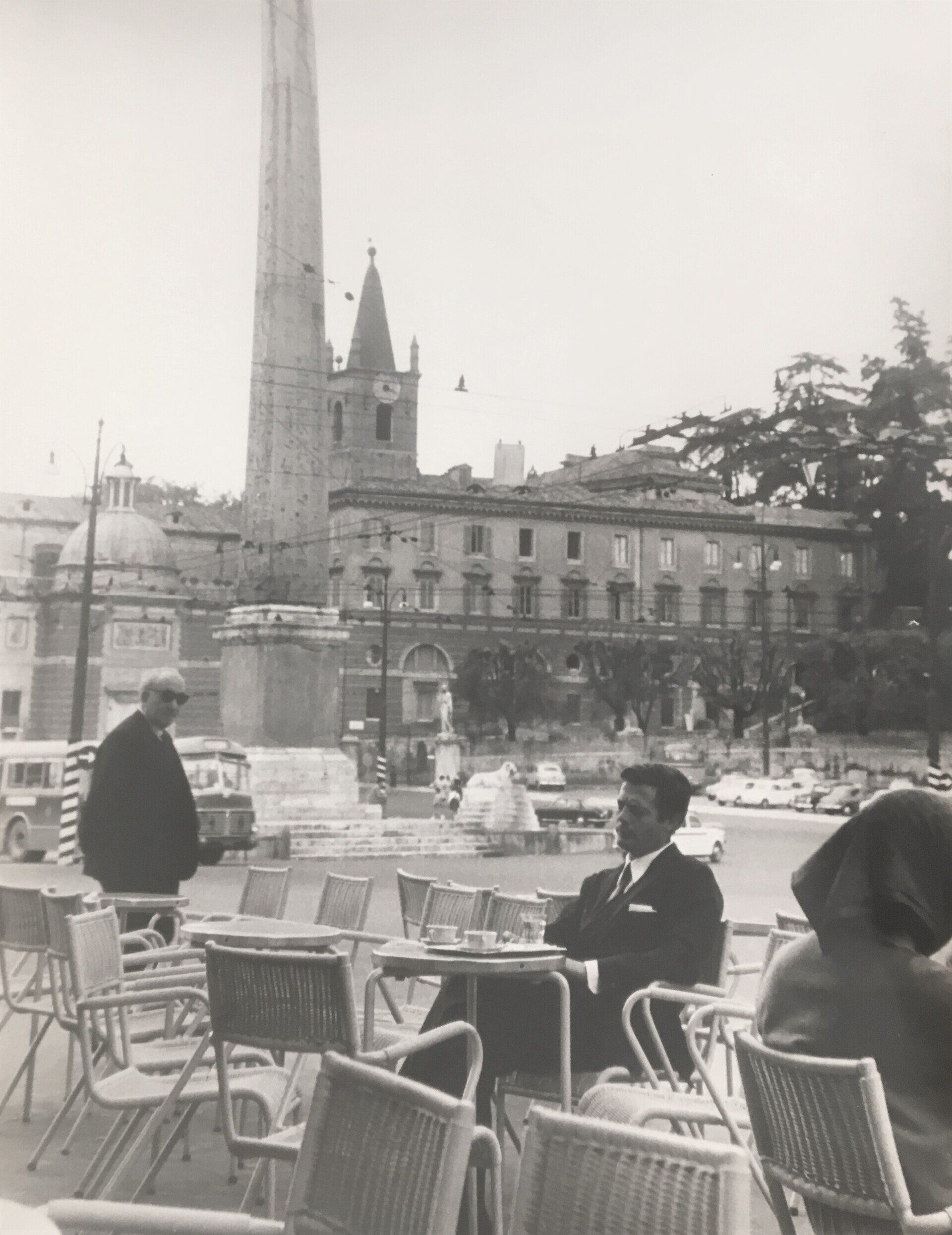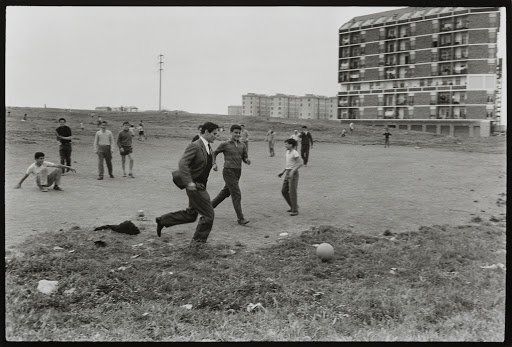FEDERICO GAROLLA
Federico Garolla (Naples 1925-Milan 2012) is a twenty-year-old journalist who collaborates with Mattino and Domani d'Italia, among the major newspapers in Naples, his hometown, when he is called to Milan by Arrigo Benedetti. His stay in Milan marks his transition to photojournalism: he produces hundreds of reportages for prestigious Italian newspapers - L'Europeo, Tempo Illustrato, L'Illustrazione Italiana, Oggi - and foreign - Paris Match, National Geographic, Colliers, Die Stern. In 1951 he began his adventure as a special correspondent for Epoca, and later, alongside Federico Patellani, Giancolombo, Paolo Costa and Franco Fedeli, for Le Ore; in 1956 he founded Foto Italia Agency and became its first director. Starting from 1953, he follows the birth of Italian fashion with his camera: he photographs the young stylist in their atelier, about to conquer the international scene; the models on the street, amid the curious glances of people. At the same time he captures the Italian cultural life in a series of "story photographs" that portray painters, writers, musicians, actors and actresses of cinema and theater, but also ordinary people who are going through the post-war years, with an eye always attentive to the themes of social background. In the 1960s he opened an advertising agency, while illustrating the gastronomy columns - typical of women's magazines - and the numerous cookbooks published by Longanesi and De Agostini of which his wife Ada is the author. In 1976 he began to collaborate with Rai as director and presenter for some sections of the TG with a series of documentaries. He produced reportages on art and archeology museums, on places of architectural and landscape interest, on food and wine tourism, later published by Mondadori, Rizzoli, Domus, De Agostini etc. Since the end of the 90s, with the collaboration of his daughter Isabella, he has dedicated himself to cataloging his archive, thus offering the possibility of rediscovering, through his camera and his unmistakable style, a precious testimony of the mutations that have taken place in the culture and in the lifestyles of Italy during the delicate thirty years following WWII.







